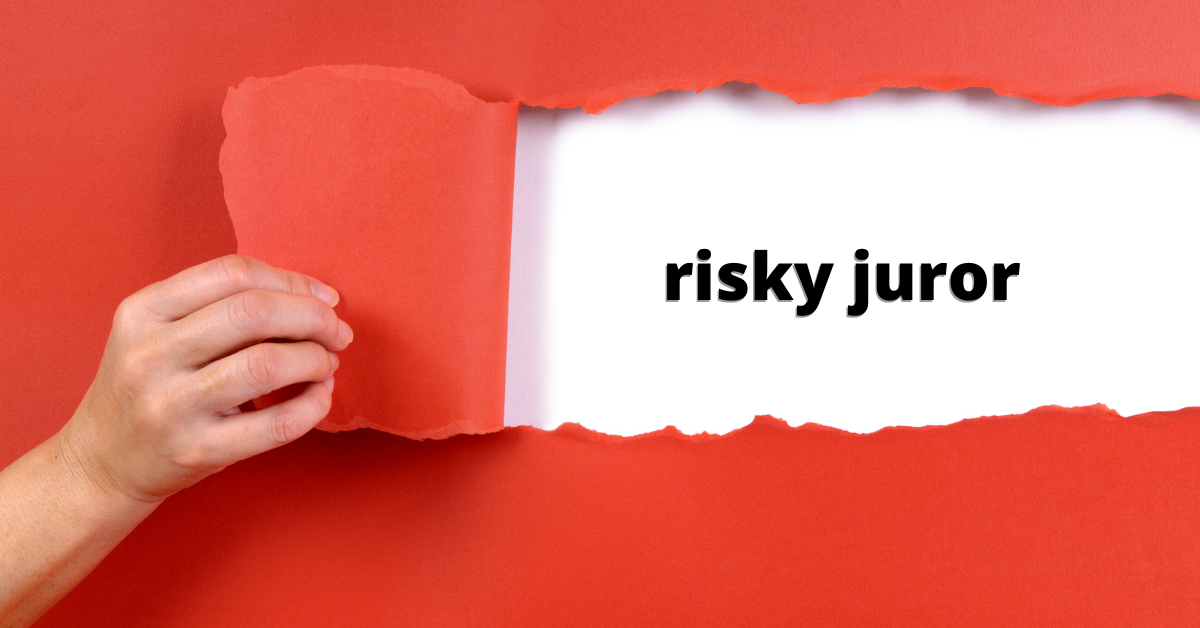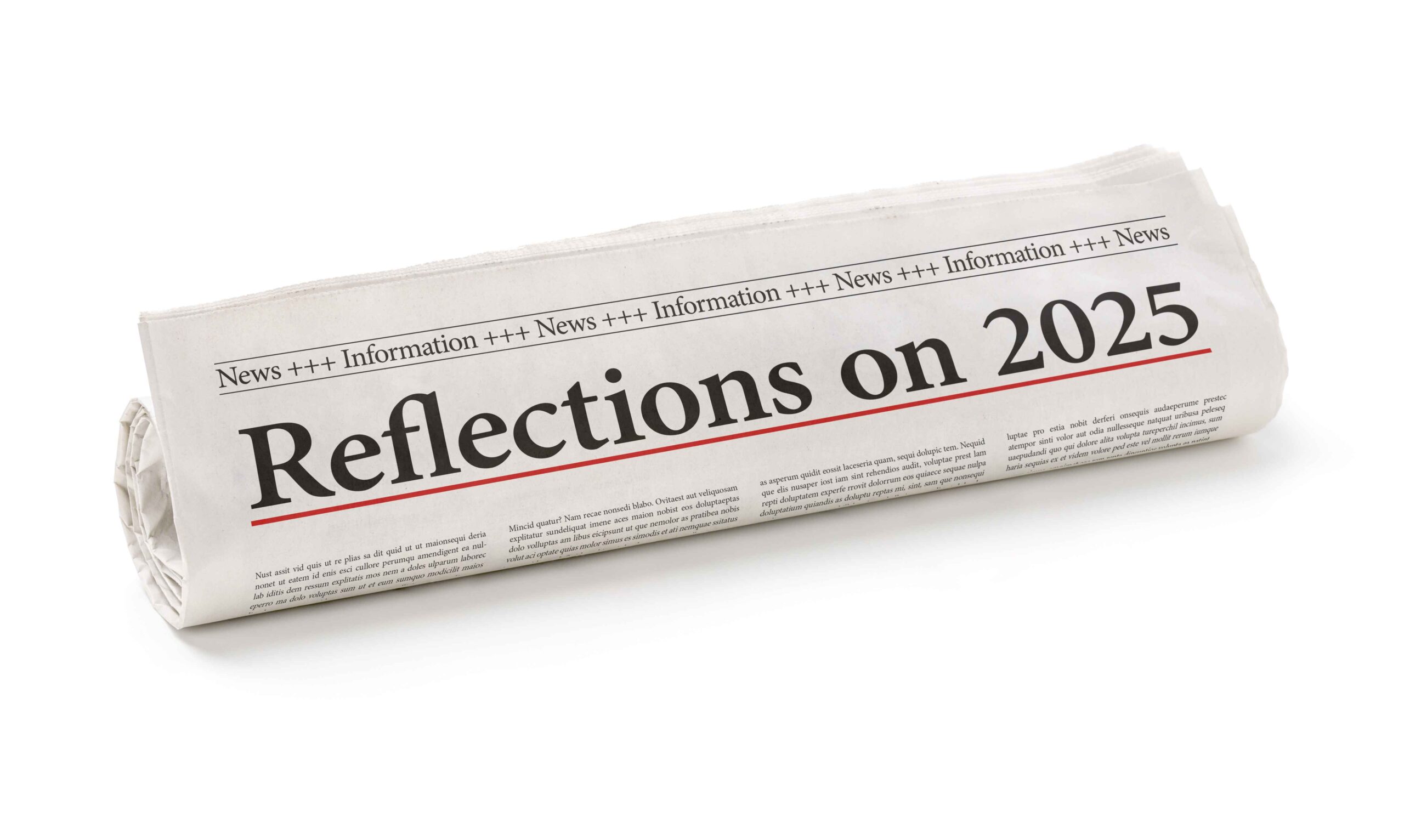In the film “The Untouchables”, Elliott Ness (Kevin Costner) finally convinces the Chicago beat cop (Sean Connery) to help him catch Al Capone. The beat cop sizes up Ness and asks him,” What are you prepared to do?” Ness replies, “Everything within the law.” The beat cop responds, “And then what are you prepared to do?”
Like Ness, many litigators approach a jury trial well-armed for a legal battle, fully stocked with case law, briefs, motions, documents, and exhibits. Once the case reaches the jury, however, they often are faced with a situation that has more in common with a knife fight. The trial lawyer who is best prepared for this reality is likely to be the last person standing when the jury renders its decision.
It is not unusual to find jury awards in contemporary litigation that are the result of one side simply “out lawyering” the other. Even when the evidence is, by objective standards, ambiguous and controvertible, aggressive courtroom tactics outside bland, accepted conduct can make the difference between jury awards of zero or hundreds of millions of dollars. Aggressive courtroom tactics that are effective do not require abrasive, unpleasant, or strident conduct. They simply require a diplomatic combination of tact, tone, timing, and tenacity, in which “killing with kindness” is the ultimate weapon.
Cross the line – but choose your spots
In his opening statements in City of Long Beach et al. v. Exxon, defense counsel Howard Privett suddenly raised his hands in the air and shouted:
“Out of thousands of Exxon employees, the plaintiffs cannot bring forth one single witness to support their claims. There isn’t even one disgruntled employee out of all these thousands that will come in here and testify that the plaintiffs’ theory is correct. The plaintiffs’ theory is fantasy. It’s just fantasy!”
Plaintiffs’ counsel dutifully objected to the obvious argument and federal district Judge Tashima sustained the objection. Privett very politely thanked the court and continued with his opening as if nothing had happened. Six weeks later, in post trial interviews, jurors remembered the substance of Privett’s “argument”- but they did not remember that he was caught “crossing the line.” Exxon won the case (1993 U.S. App. LEXIS 31164.)
After watching the drama in courtrooms for the past 30+ years in hundreds of venues across the country, we find a consistent trend is apparent: The counsel team that is willing to bend the rules and cross the line is more likely to win the jury verdict. The team that is the most cautious, operating out of a consistent concern about stepping on the judge’s toes, operates at a tactical disadvantage. Of course, there are appeals issues, and such legal considerations bring into focus the central question addressed in this thesis: Should the litigator put the jury first, even ahead of the rules of the court? Although it would certainly not be reasonable to argue that the answer is always yes, many litigators are too hesitant to utilize what we like to call guerilla tactics from time to time in order to secure a victory. Indeed, after working with thousands of trial attorneys, the impression emerges that the most successful ones operate from the premise that rules are made to be broken, and that litigation is “anything you can get away with”- within, of course, ethical constraints.
The line can only be found by crossing it
In a trade secrets and misappropriation case in which a corporate plaintiff was suing two individuals, the roles of the attorneys were reversed: The plaintiff corporation was represented by an attorney who normally handled defense litigation, while the individual defendants were represented by lawyers who otherwise handled only plaintiff cases. The corporation’s lawyers were advised to provide a lengthy opening statement (well in excess of two hours) at the outset of trial. Lead trial counsel responded to this suggestion by declaring, “I can’t do that – the judge won’t let me.” His subsequent opening lasted about 100 minutes.
Opposing counsel then gave an opening for the defense that lasted two days. The judge simply watched while the plaintiff’s case was buried in the avalanche. During the remainder of the seven-week case, the plaintiff’s attorneys never were able to gain control of the trial and ultimately lost the case.
What happened? The plaintiff’s attorneys (more usually defense counsel) attempted to comply with what they anticipated to be the court’s reaction to a lengthy opening. They thought they knew where the line was, but they didn’t because they never tried to approach it, let alone cross it. The defense (usually plaintiff lawyers) decided to push the envelope and take whatever they could. The difference in these two approaches determined the entire complexion of the trial and drove the ultimate jury verdict in favor of the team that was willing to take risks.
You cannot serve two masters
For the purpose of a jury trial, it is the jurors who have the votes. Of course, the court rules on motions, renders directed verdicts, and so on, and some cases cannot be won except at the appellate level. Nonetheless, the fact remains: In a jury trial, you cannot serve two masters.
Risks in strategic decisions are assessed primarily on either the basis of their effect on the jurors or some other basis usually the presumed impact on or reaction of the court. When the estimated impact on the judge dictates procedural or substantive decisions made by litigators in front of a jury, the result can render a trial team unable to navigate effectively and strike decisively in the courtroom jungle. More effective criteria for strategic decisions would be “Will this influence the jury in a favorable manner?” and ”Can l get away with it without creating any permanent damage?”
Once it is decided that a case will actually be tried to the jury, the legal parameters of the case cannot drive the choice of courtroom tactics. The primary battleground – the fulcrum for making strategic decisions – is the hearts and minds of the jurors, and who they are. This is not to say that legal parameters should be ignored. Rather, the present thesis merely asserts that a jury trial is won or lost on nonlegal issues, and that combat in this realm operates using an entirely different, far more primitive set of rules – one too often relegated to the background of the trial. Streetwise litigation is a matter of focus and state of mind. The primary issue is a choice between judge-centeredness versus jury-centeredness; between accommodating one’s strategy to the law versus tackling head-on the murky “heart of darkness” in which jurors’ decisions are formed. The implications of this choice range through all aspects of trial, from voir dire to closing arguments.
Many of the pivotal mistakes made by litigators occur at the very outset of trial, during the jury selection process. The following is an illustrative example: ln a case involving fraud and breach of contract, pretrial research indicated a strong antipathy in the venue between many African American women and key defense witnesses. As a result, the defense team was advised during jury selection to use peremptory challenges on two particularly vociferous African American women. Defense counsel declined, citing concerns over a Batson challenge and political correctness (the judge was Hispanic). During deliberations, these two women led the charge against the defendant; ultimately, hundreds of millions of dollars were awarded by the jury. Instead of focusing on the jury – who they are. what they’re going to think – the defense team focused on legal issues and the appearance of propriety. Even if the Batson challenge had been made and won by the plaintiffs (an unlikely outcome when a juror questionnaire is used), the result simply would have been a reseating of the stricken jurors.
lt is interesting to note also that, in this trial, defense counsel was called into chambers by the judge after a string of continuous, aggressive tactics used by plaintiffs’ counsel. Examples of such tactics included making arguments through speaking objections and habitually inserting comments in front of the jury that amounted to floating parcels of the closing statements throughout the defendants’ case-in-chief. The judge told defense counsel. “If you don’t make objections, I can’t do anything about this.” Despite several cautionary admonitions from consultants and even the court, defense counsel instead bet on a conservative approach throughout the trial. The result was the largest plaintiff verdict in the state that year.
It is easy for the trial attorney to become boxed in by the law – to believe that only responses to questions are evidence and that “evidence” as defined legally is the true basis for the verdict. It is not. The true basis for the verdict is the hearts and minds of the jury. The jury typically looks for answers beyond the evidence, outside the parameters of the law. The trial attorney who meets them there, in that uncharted territory, is the one who will win the case.
Kill with kindness
We worked on an accountant malpractice case in which the defendants had clearly violated generally accepted accounting standards. The case did not appear to be winnable for the defense, but mock trial research revealed that the jurors saw the plaintiffs as unscrupulous and dishonest. Defense counsel’s approach was to attack the plaintiffs repeatedly, and the trial ended in a defense verdict. His approach to streetwise litigation? “Unless I’m told it’s against the rules, it’s not against the rules.”
The emphasis on streetwise litigation should not be construed to mean that the effective trial attorney is somehow abrasive, mean spirited, or unlikable. The high probability of incurring objections using more aggressive tactics points to the need of even greater likability and attractiveness on the part of the effective litigator. It is unfortunate that a phrase such as “kill with kindness” seems trite because the phrase holds such vast strategic importance. In the face of objections and even admonishments by the court, jurors will assume that an abrasive trial attorney really is committing serious transgressions. However, if the litigator is likeable, gracious, and refined, objections are more likely to be seen by jurors as arcane technicalities that have meaning only to members of the legal profession. Questions about whether specific tactics are “a bridge too far” for jurors can easily be tested in mock trials to instill confidence in the defense strategy prior to the start of trial.
A quote attributed to Goethe states, “Boldness has genius and power in it.” The connotation of power is associated with authority, relaxation, and self-assurance. Genius, on the other hand, suggests the judicious use of timing to decide where, when, and how to cross the line with maximum effect. It is not an “I can’t do that” frame of mind. It is a state of mind that jurors admire and that captures their imagination.
Be confident in achieving superior litigation outcomes. CSI has the expertise, track record, and capabilities to help you win.



